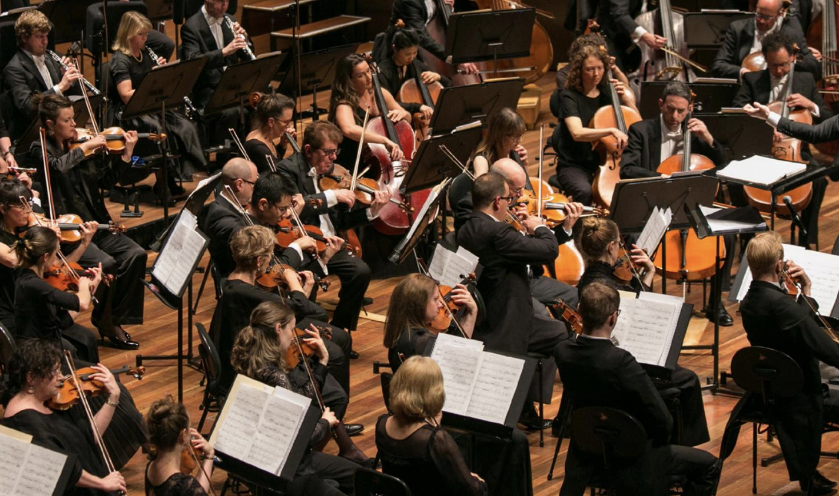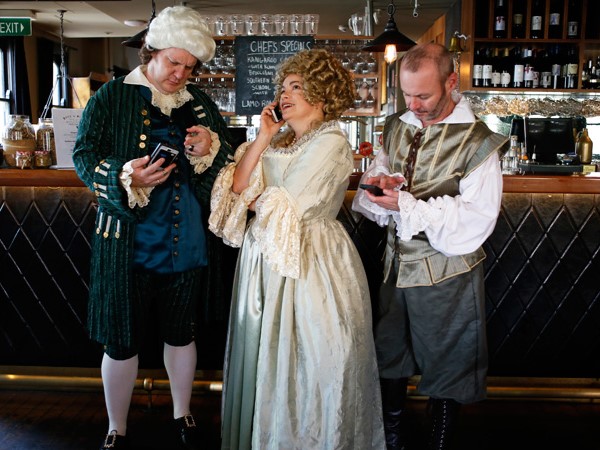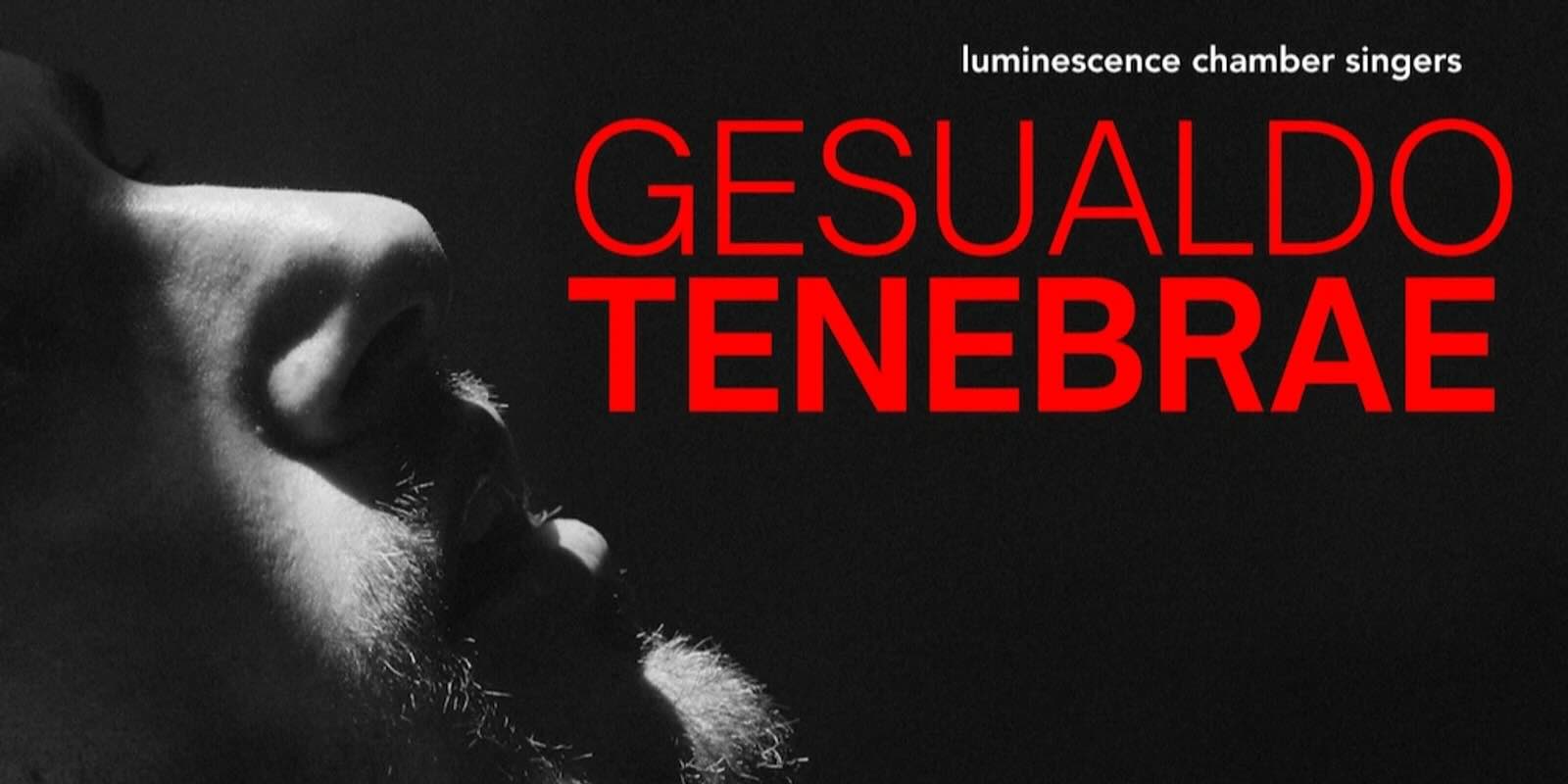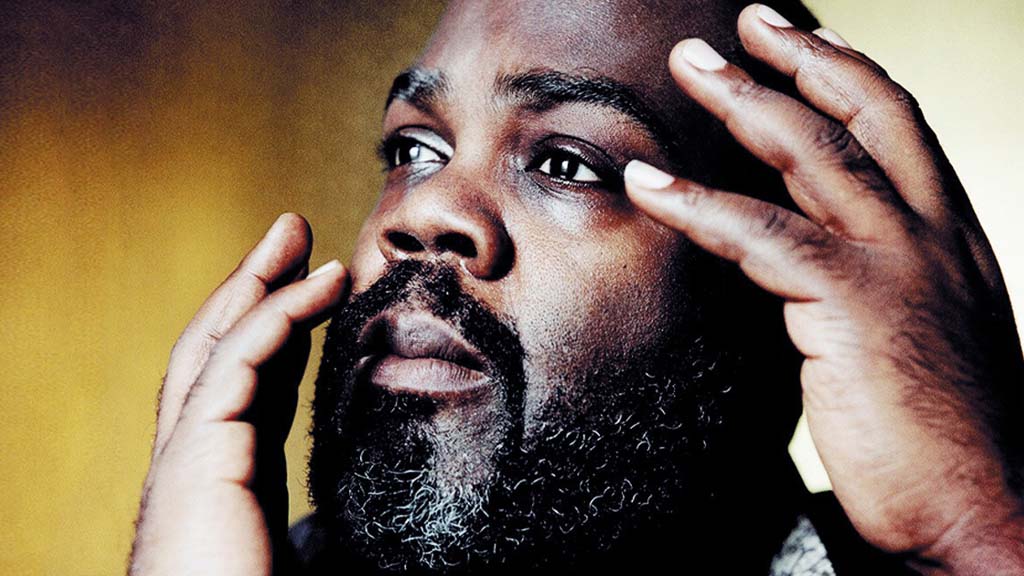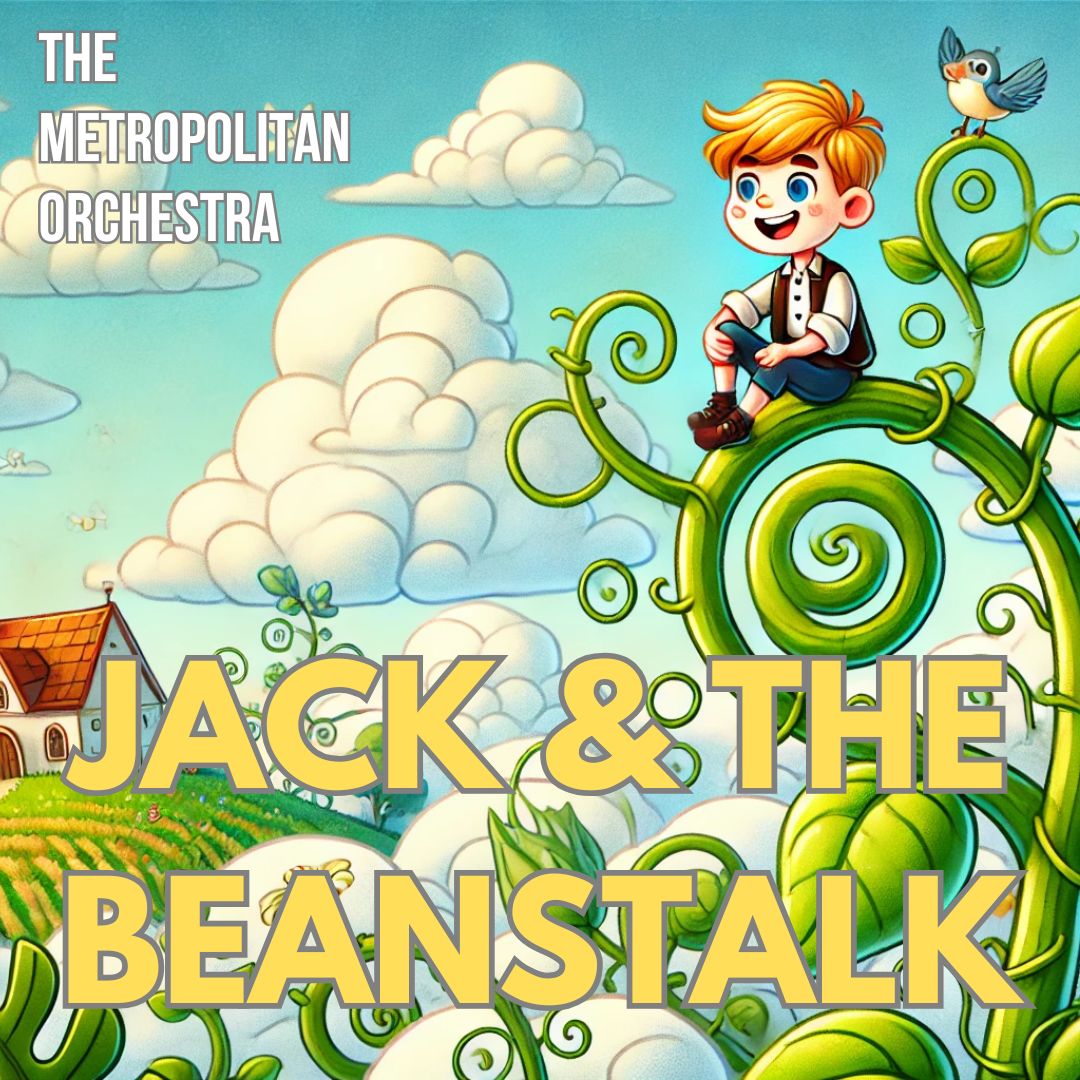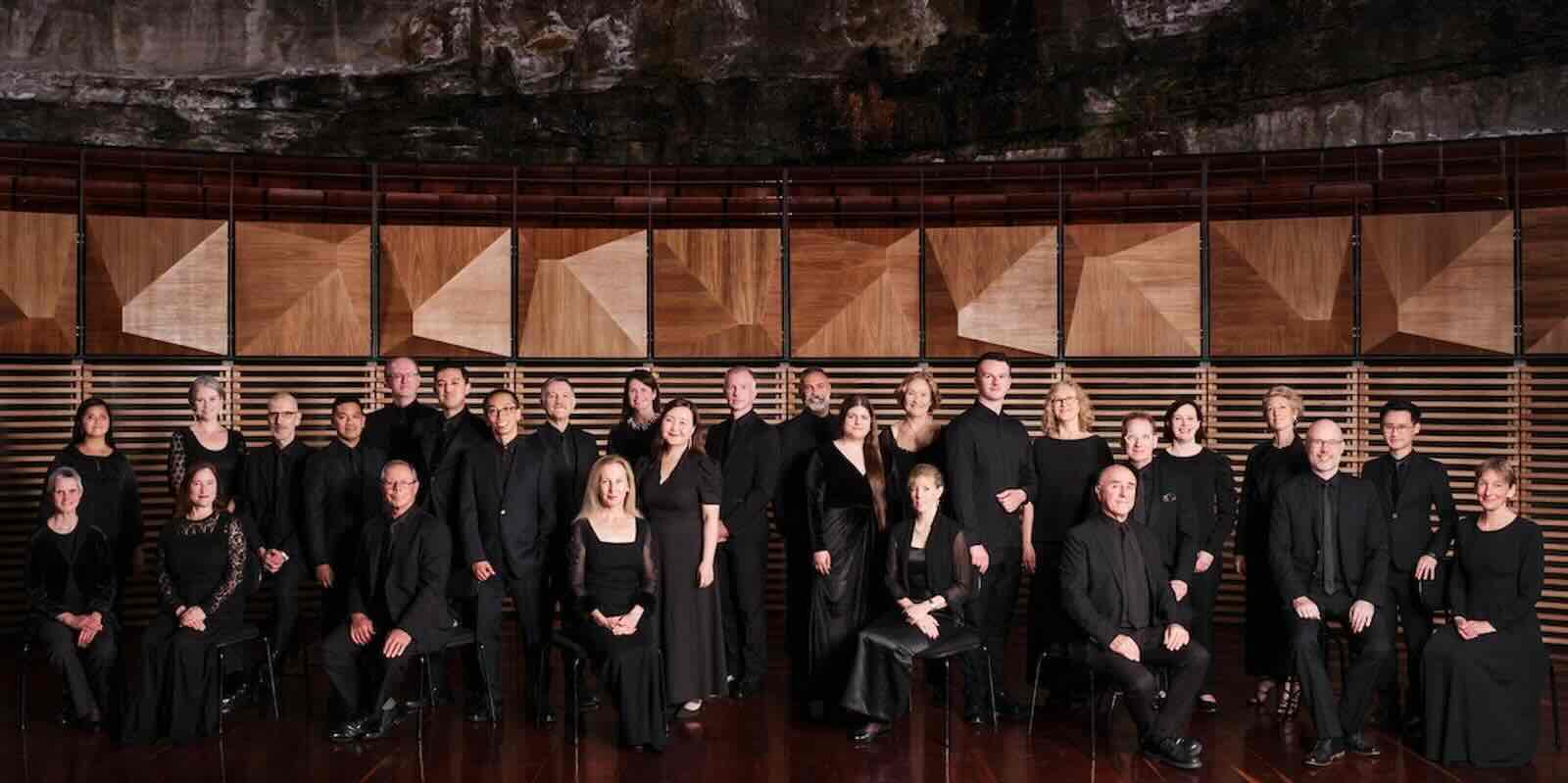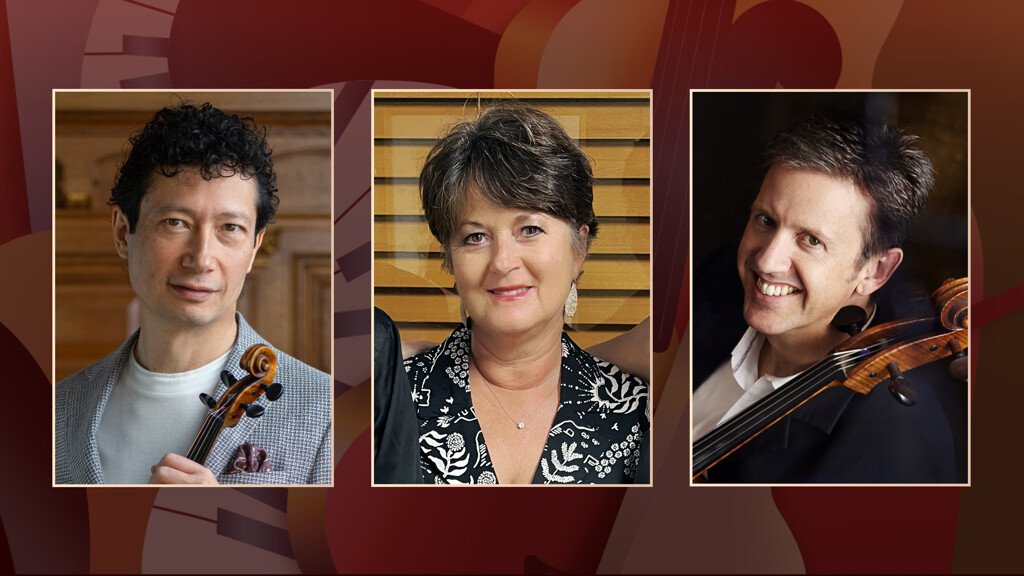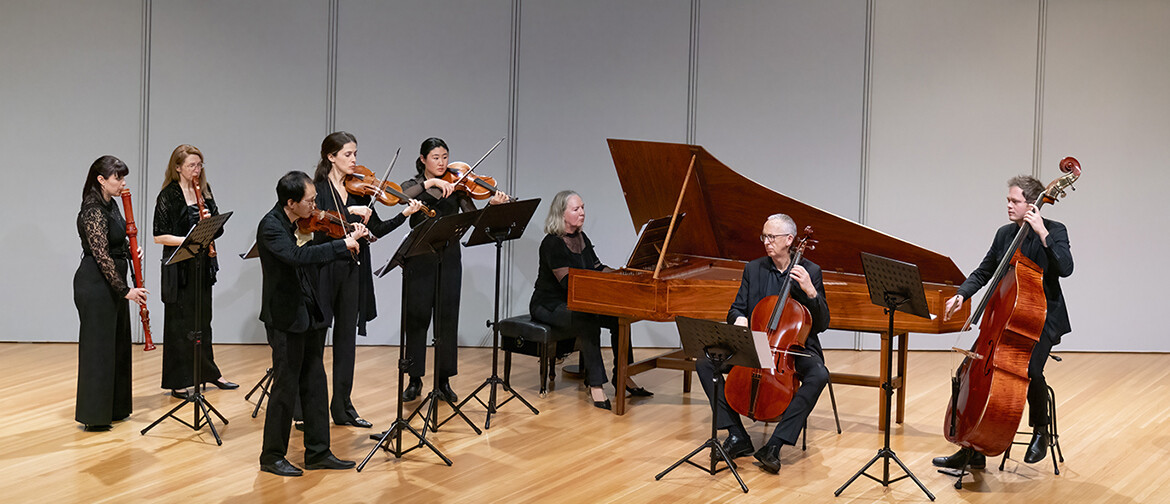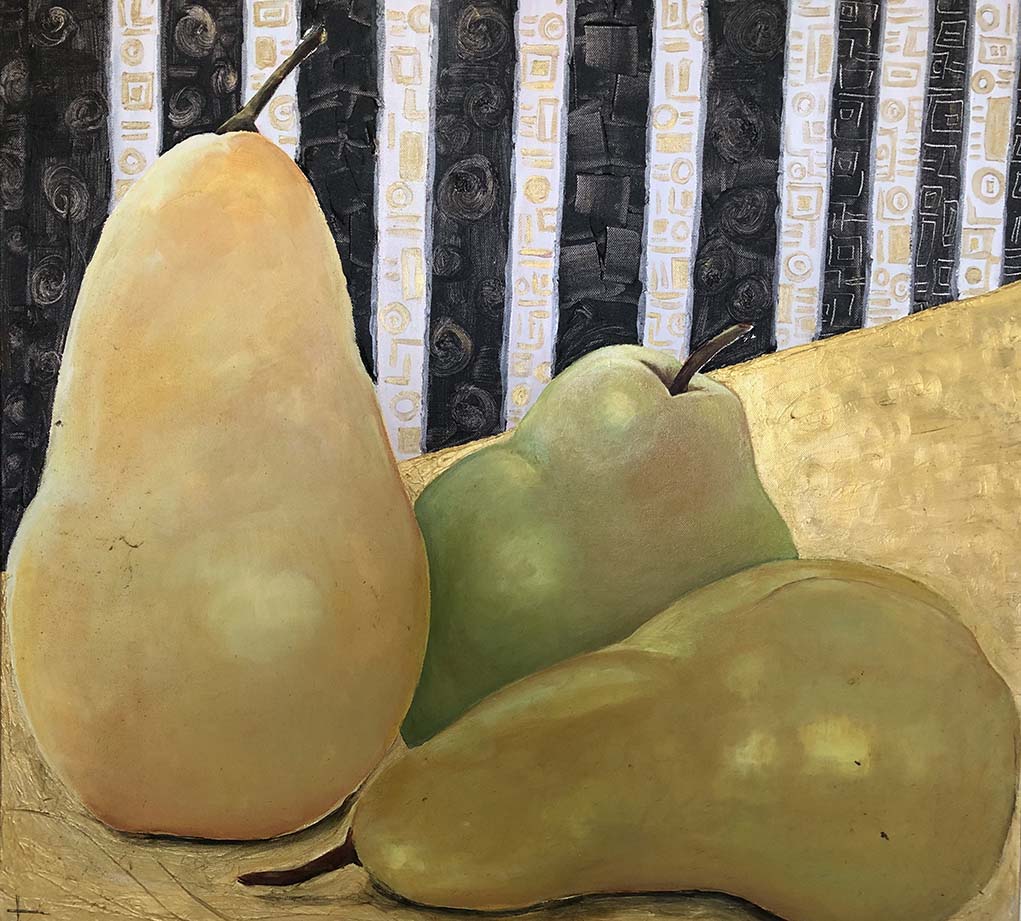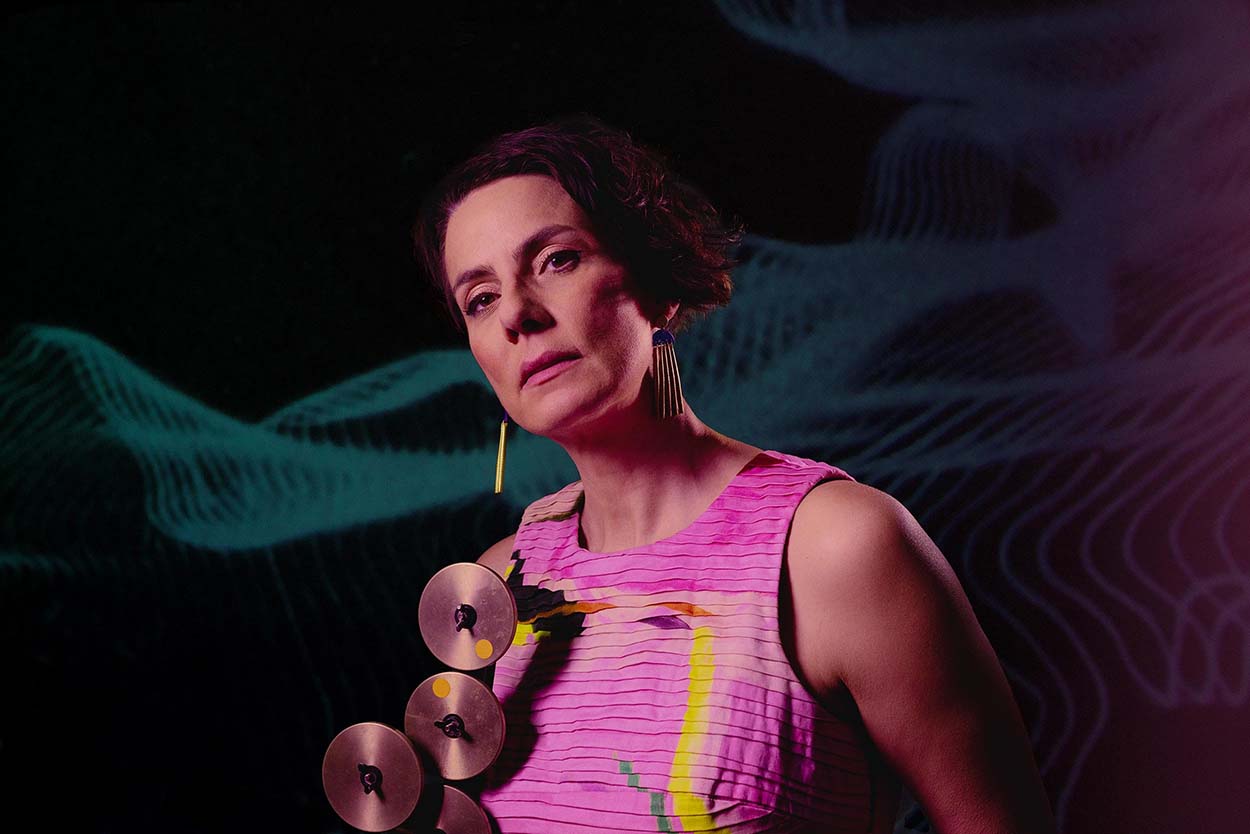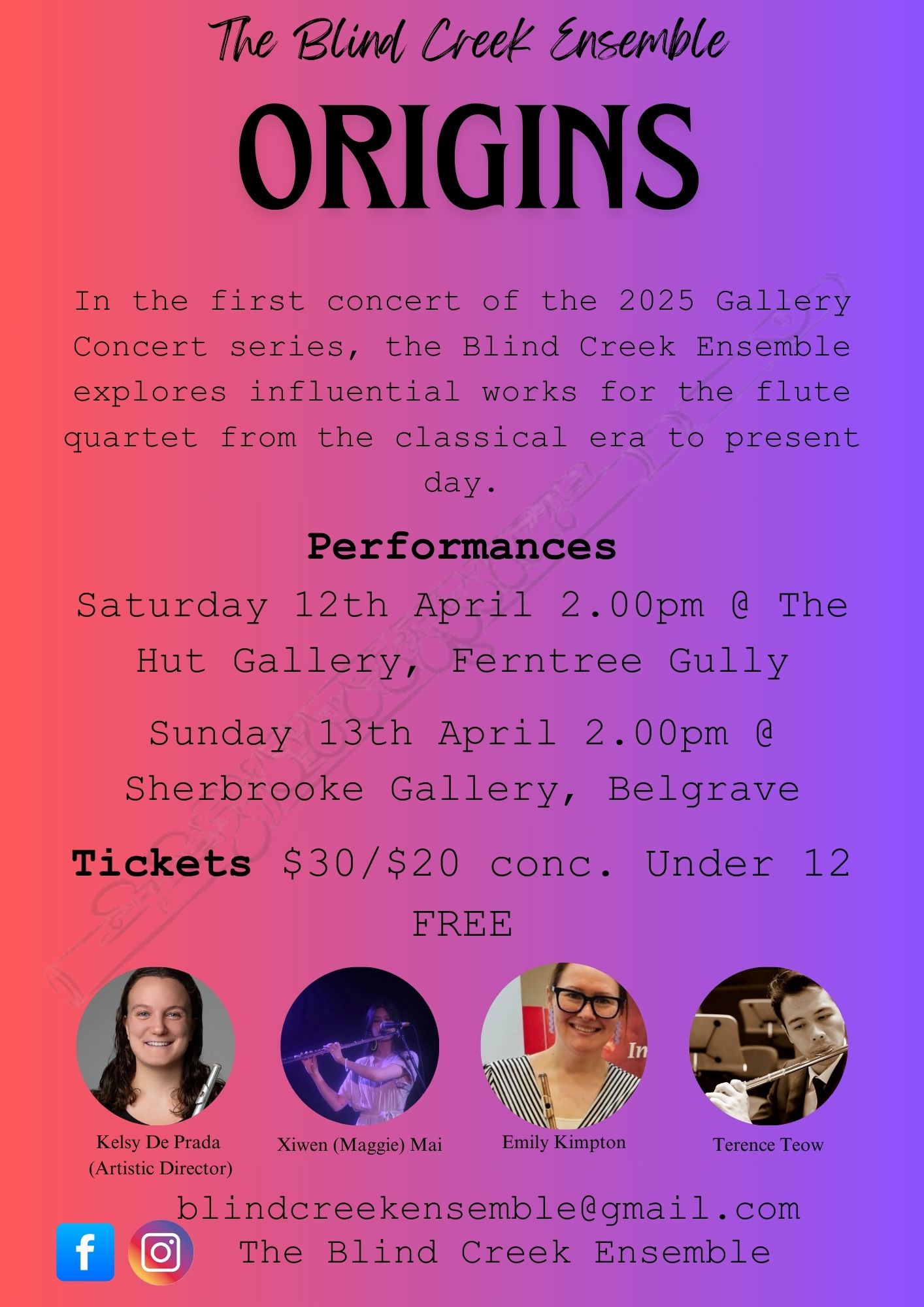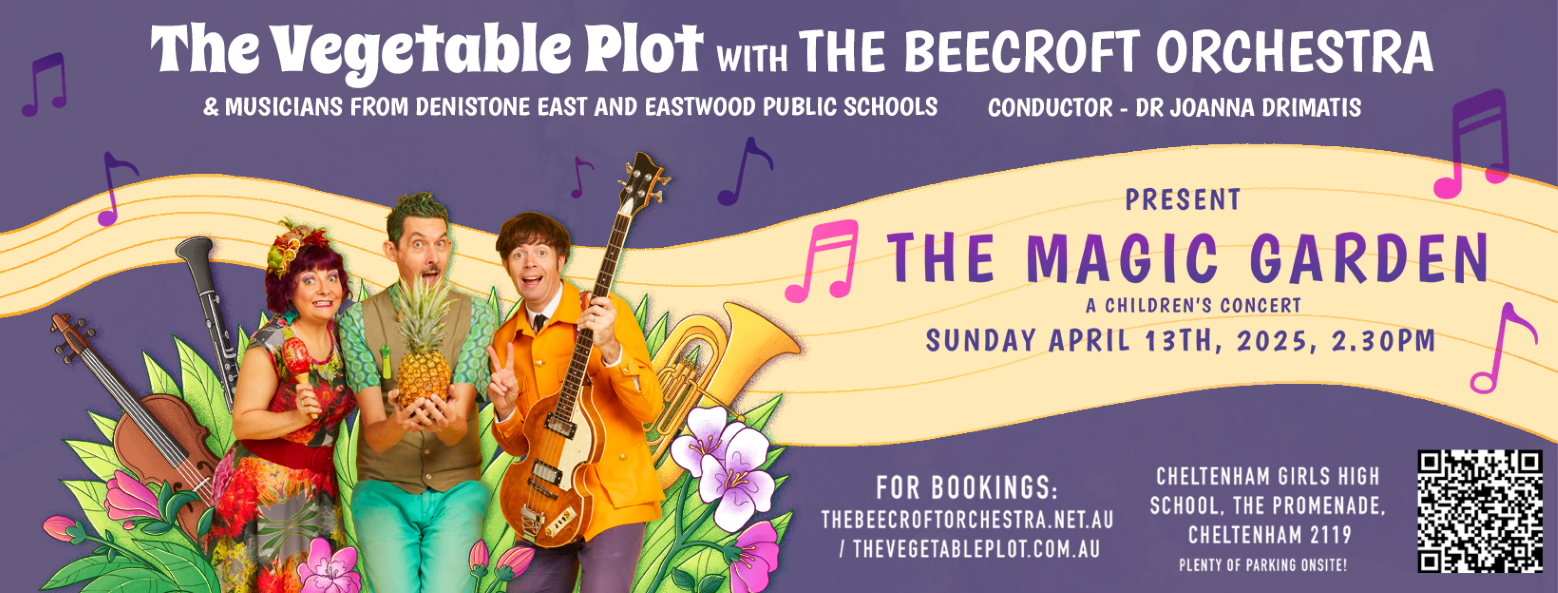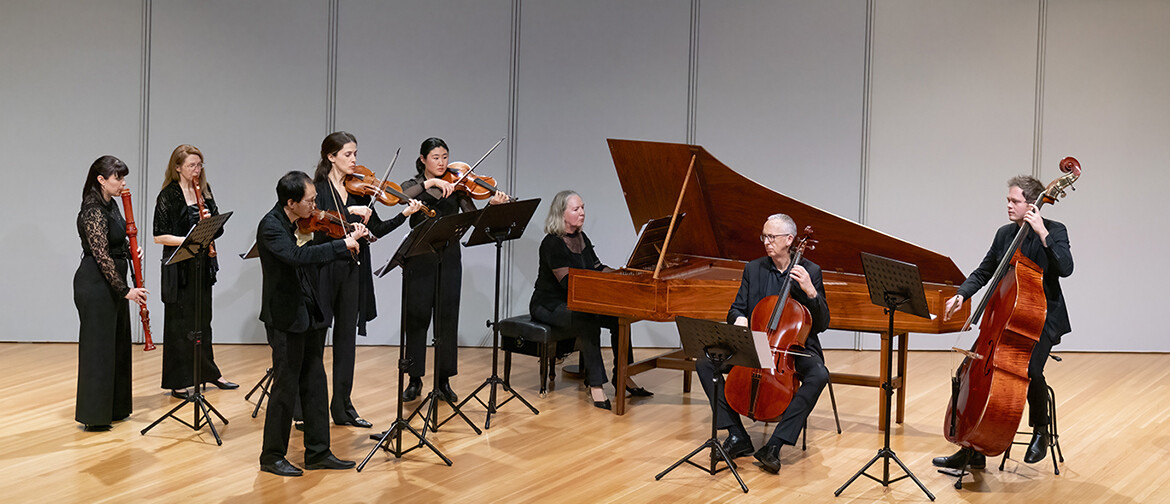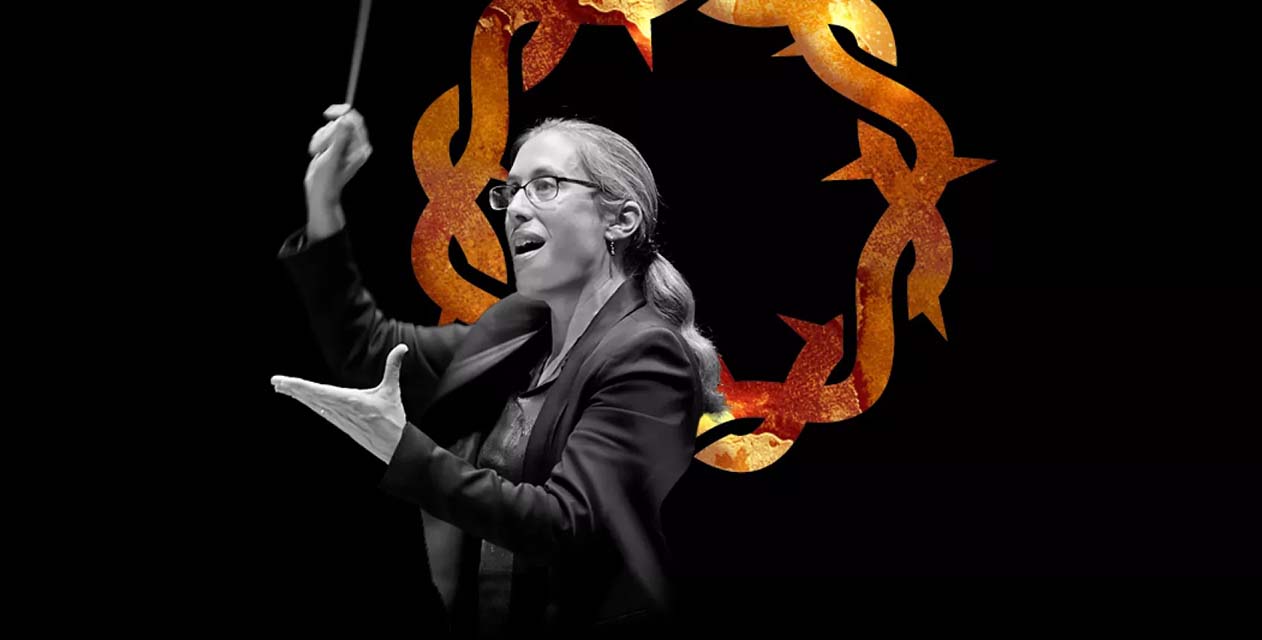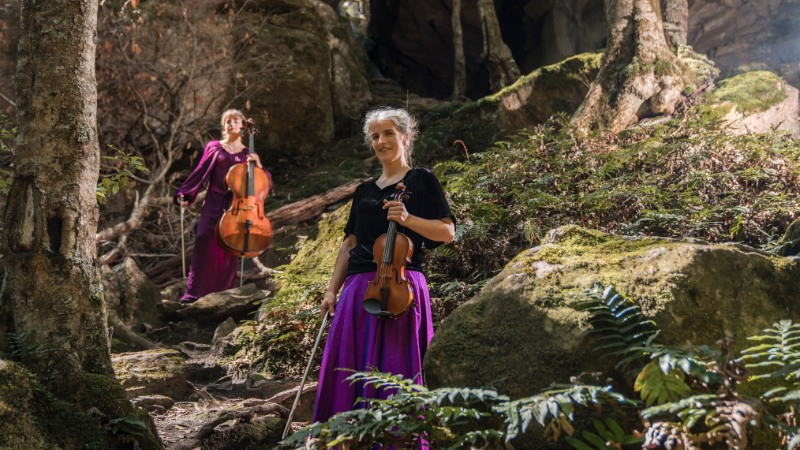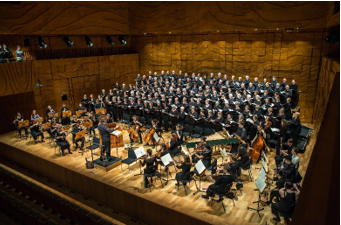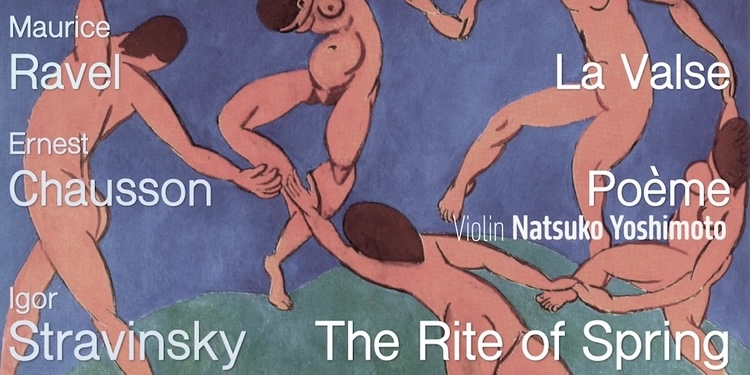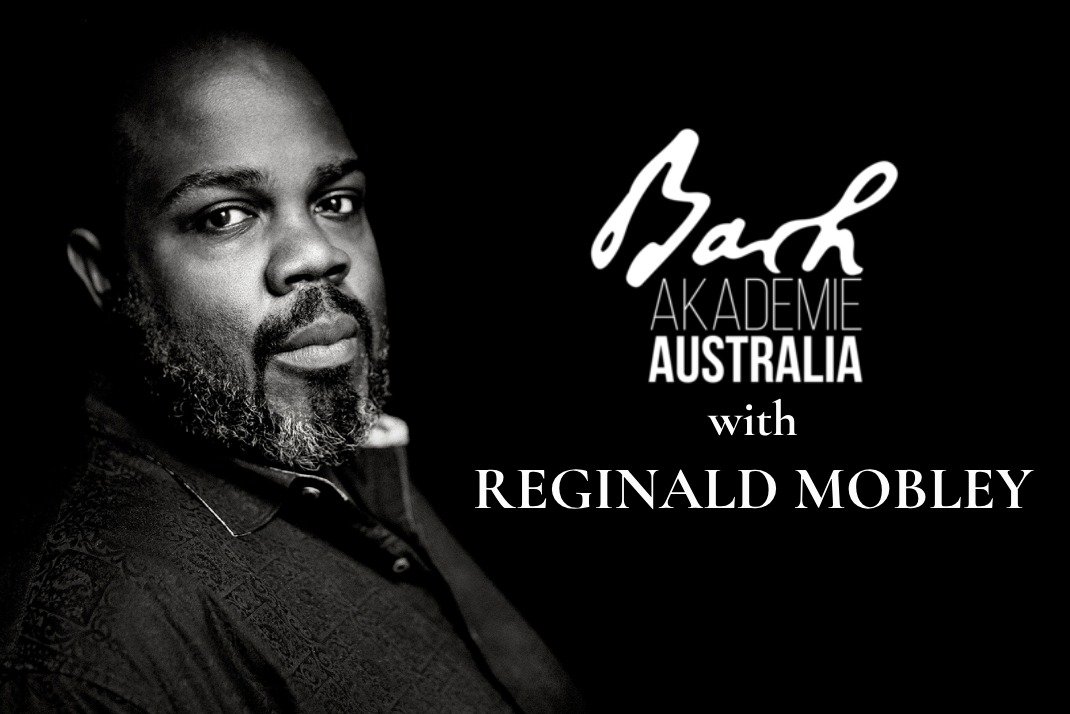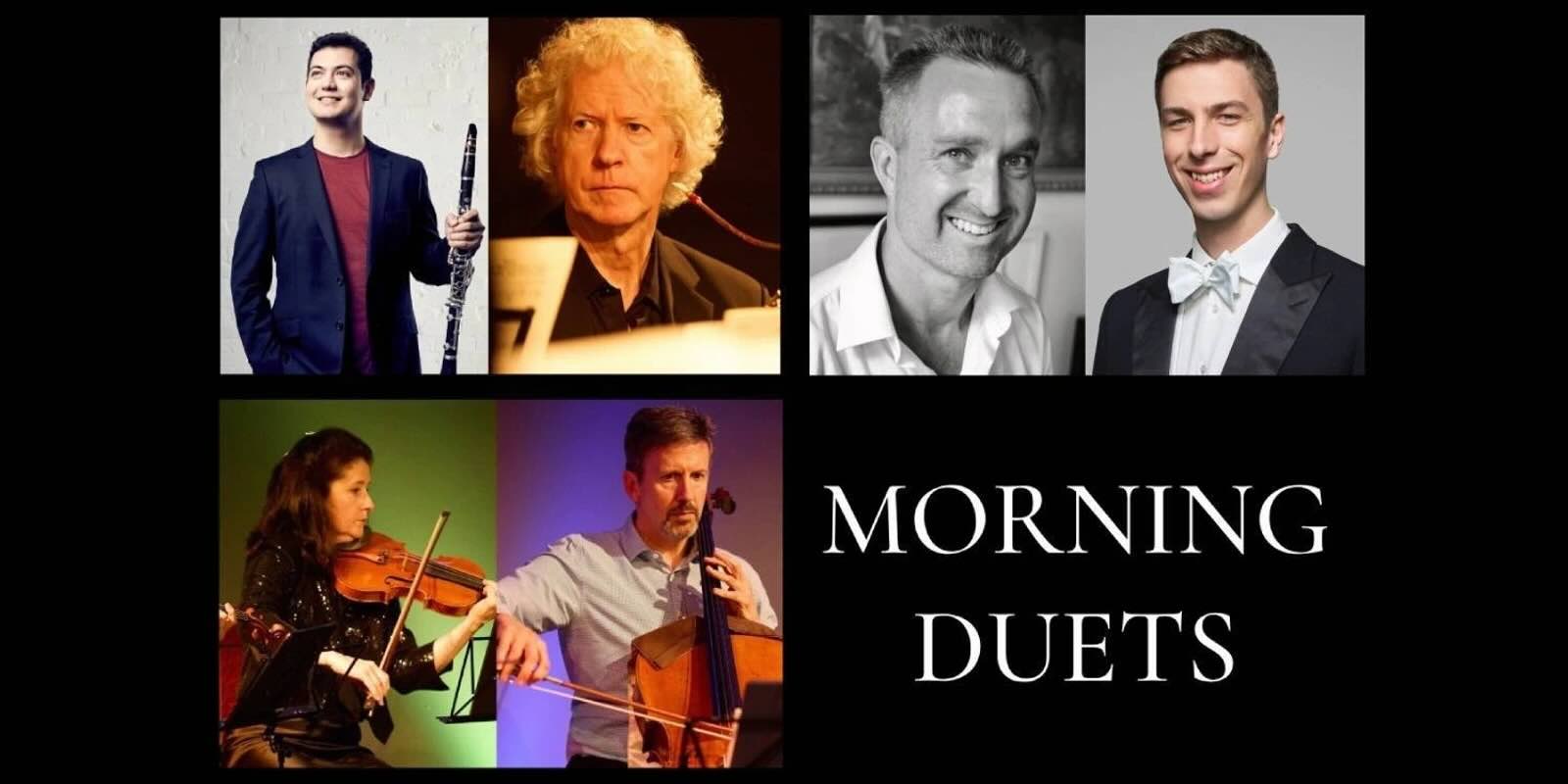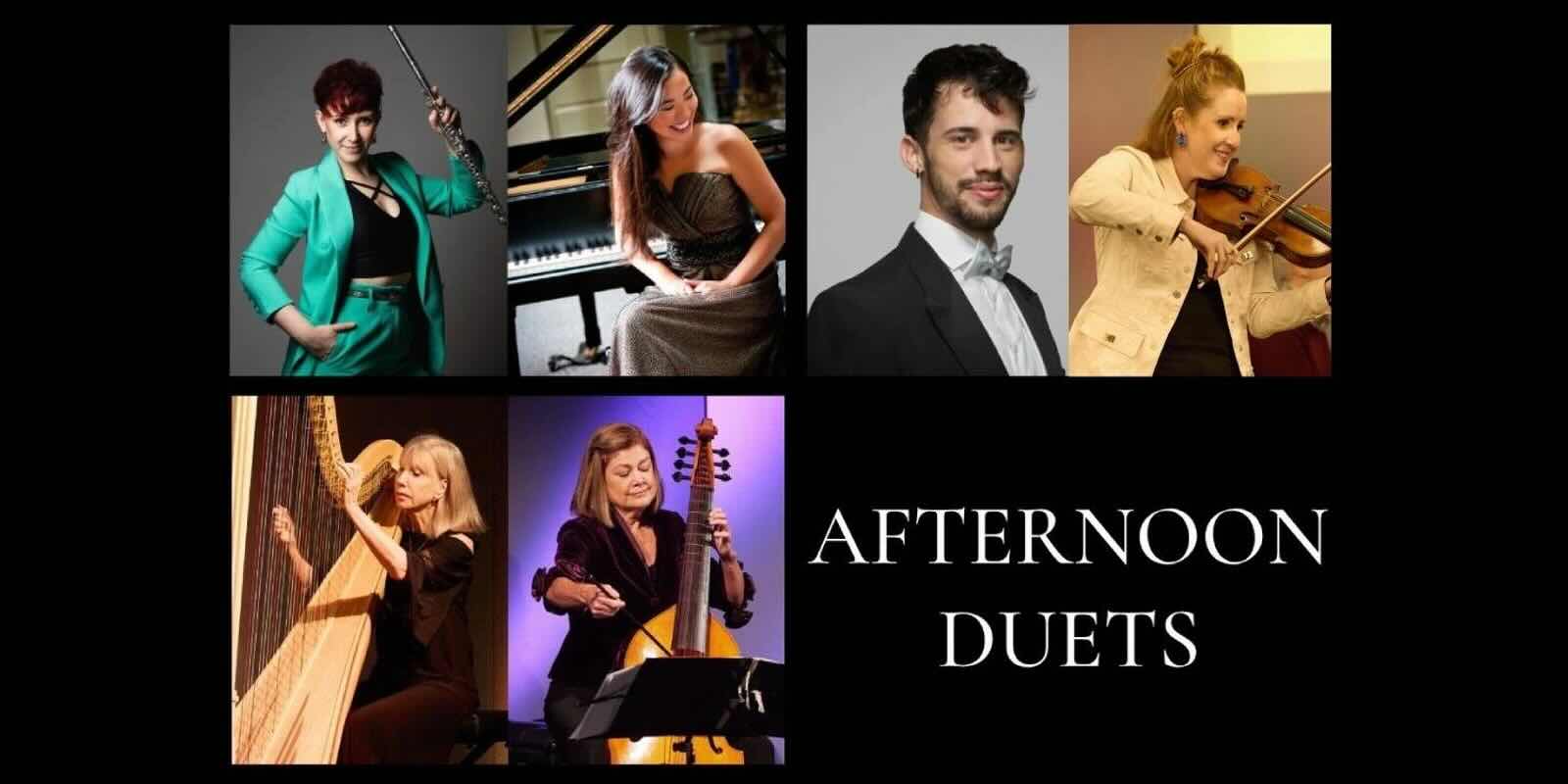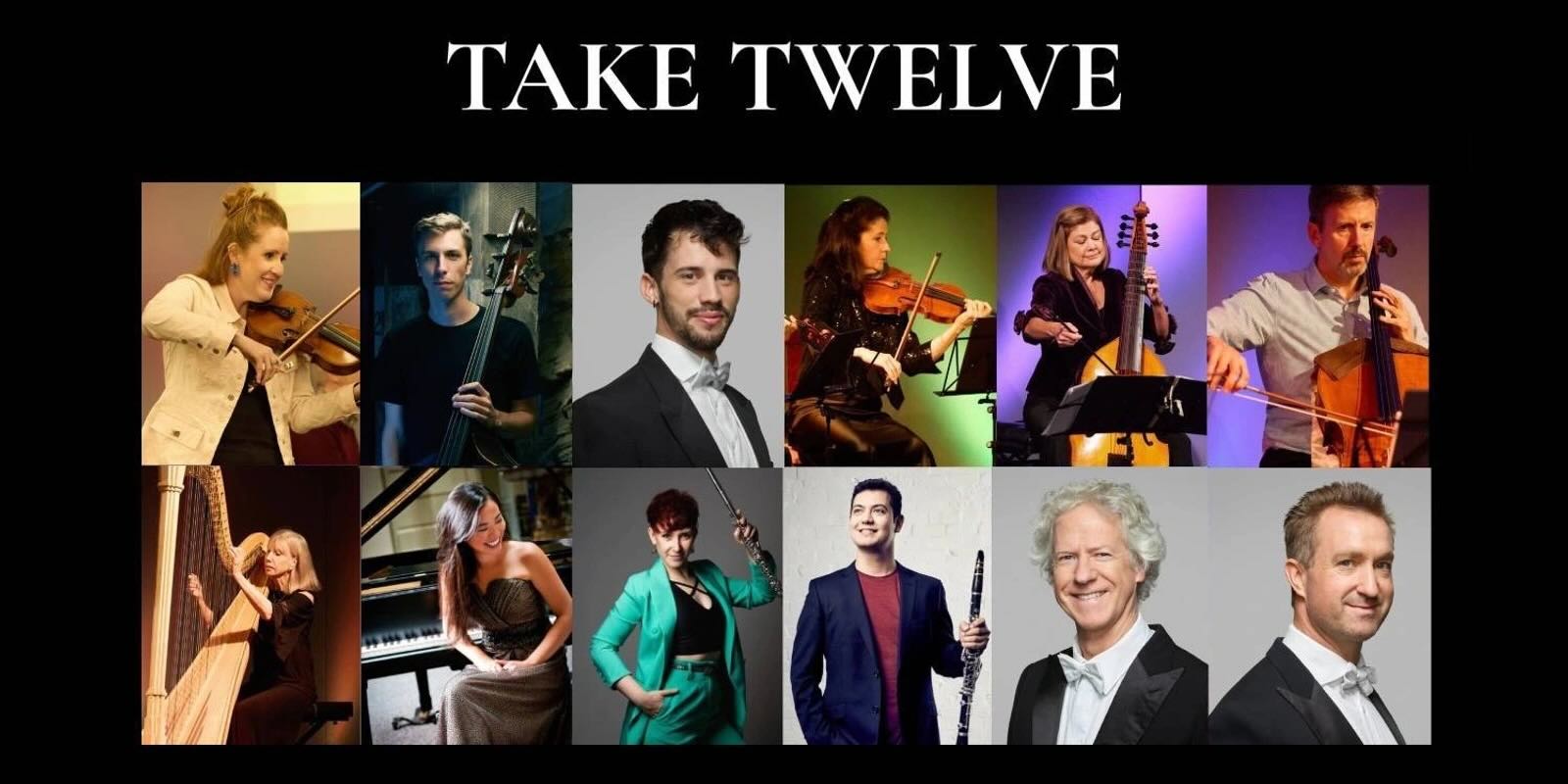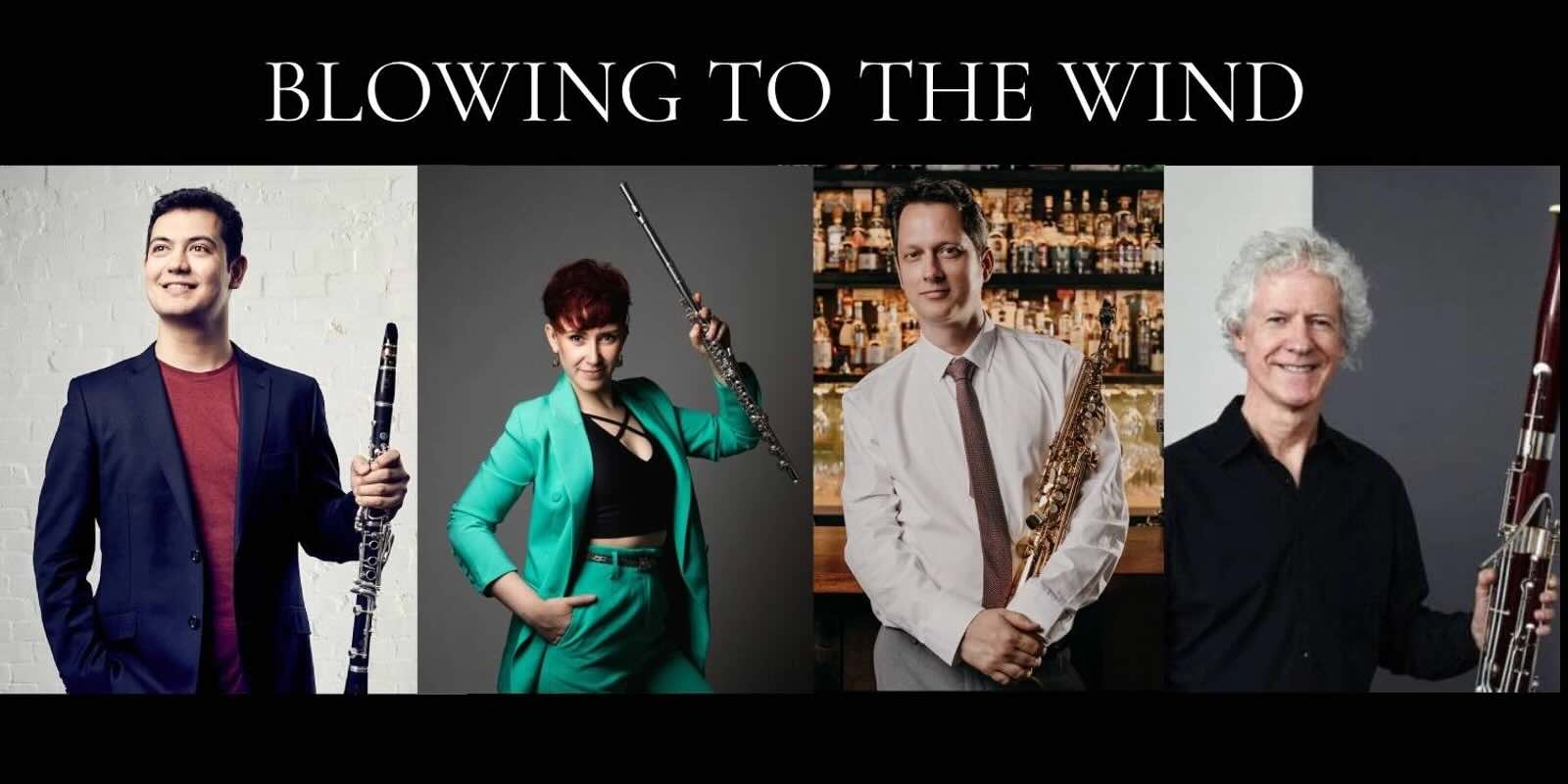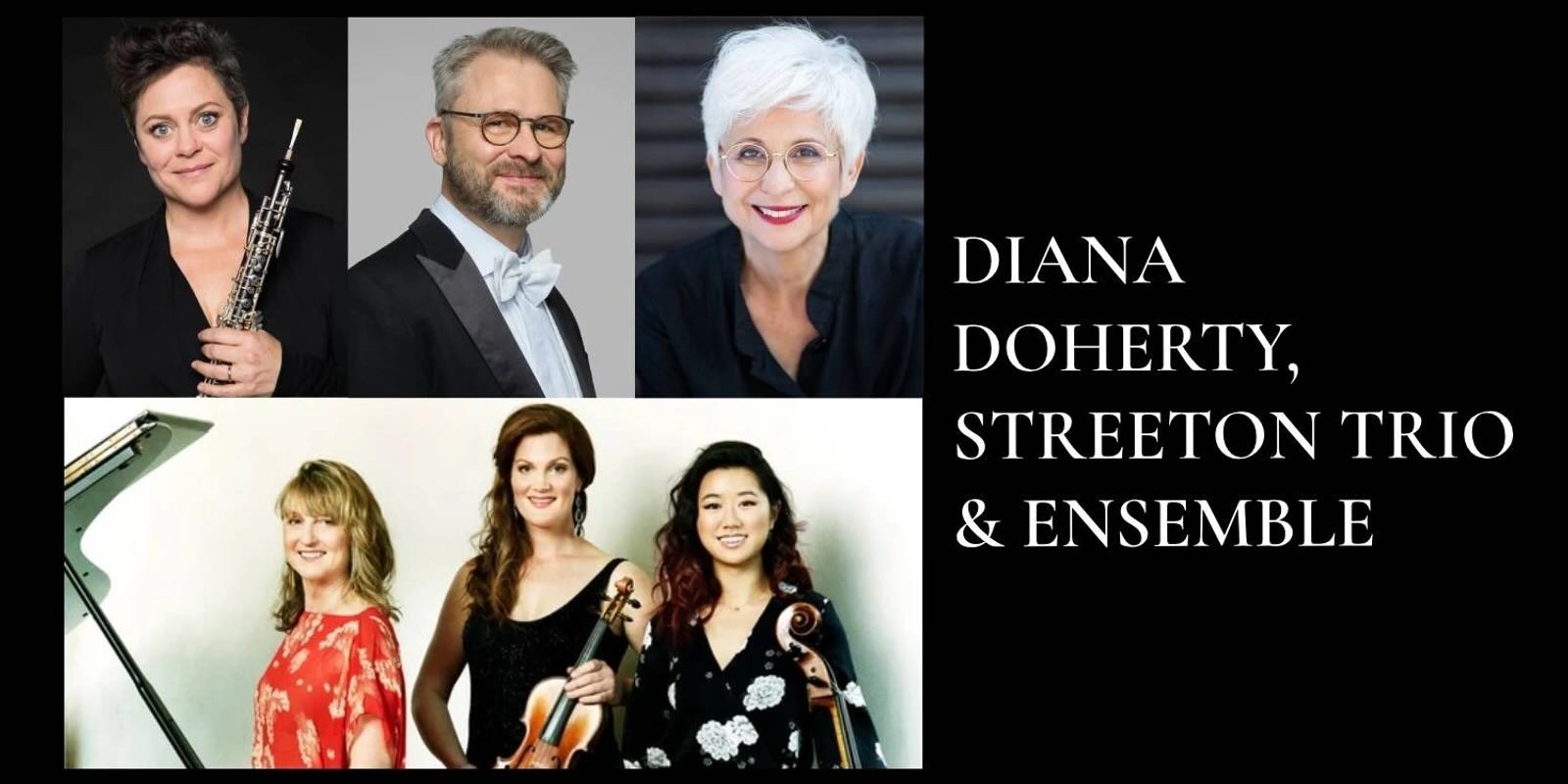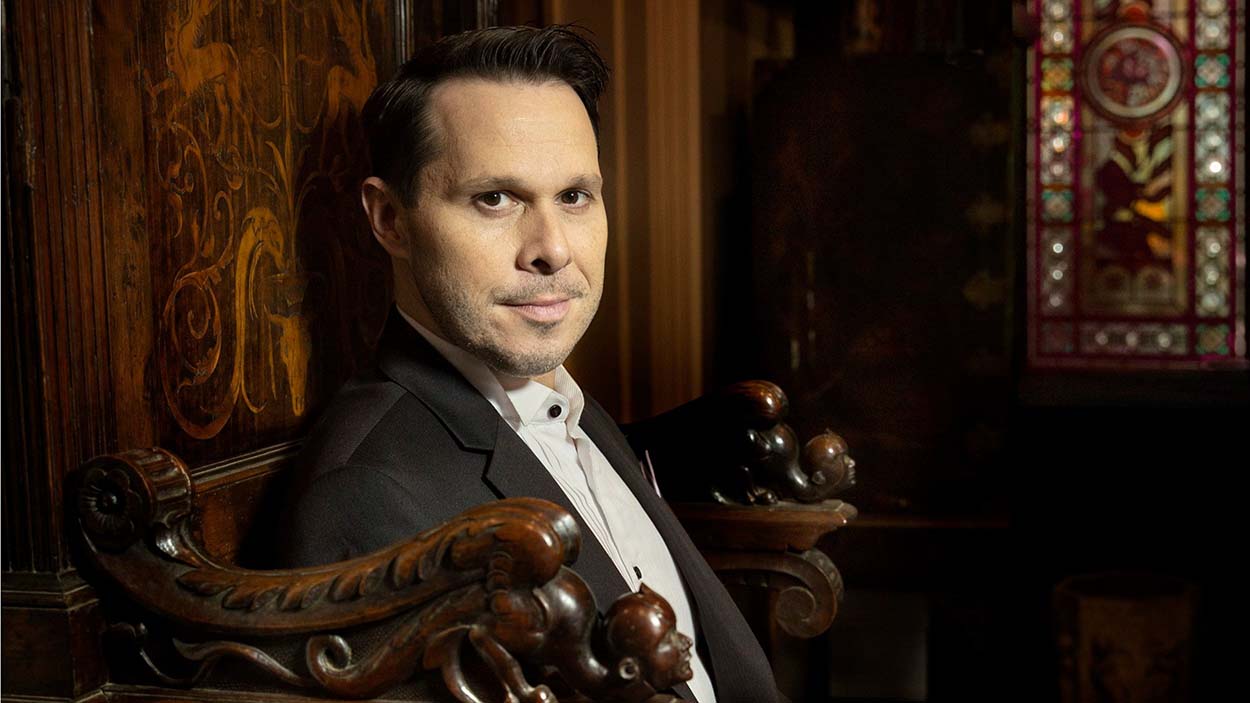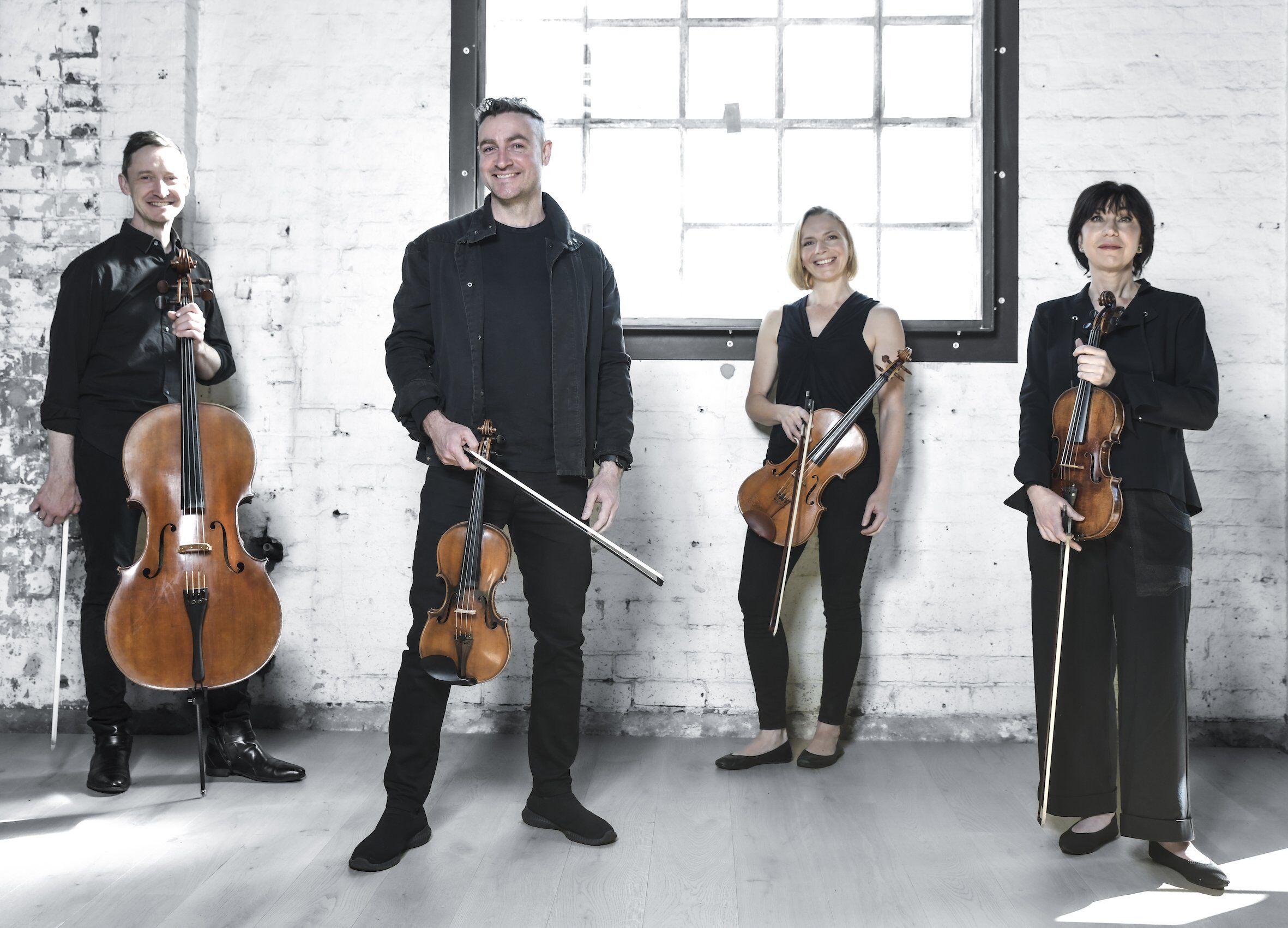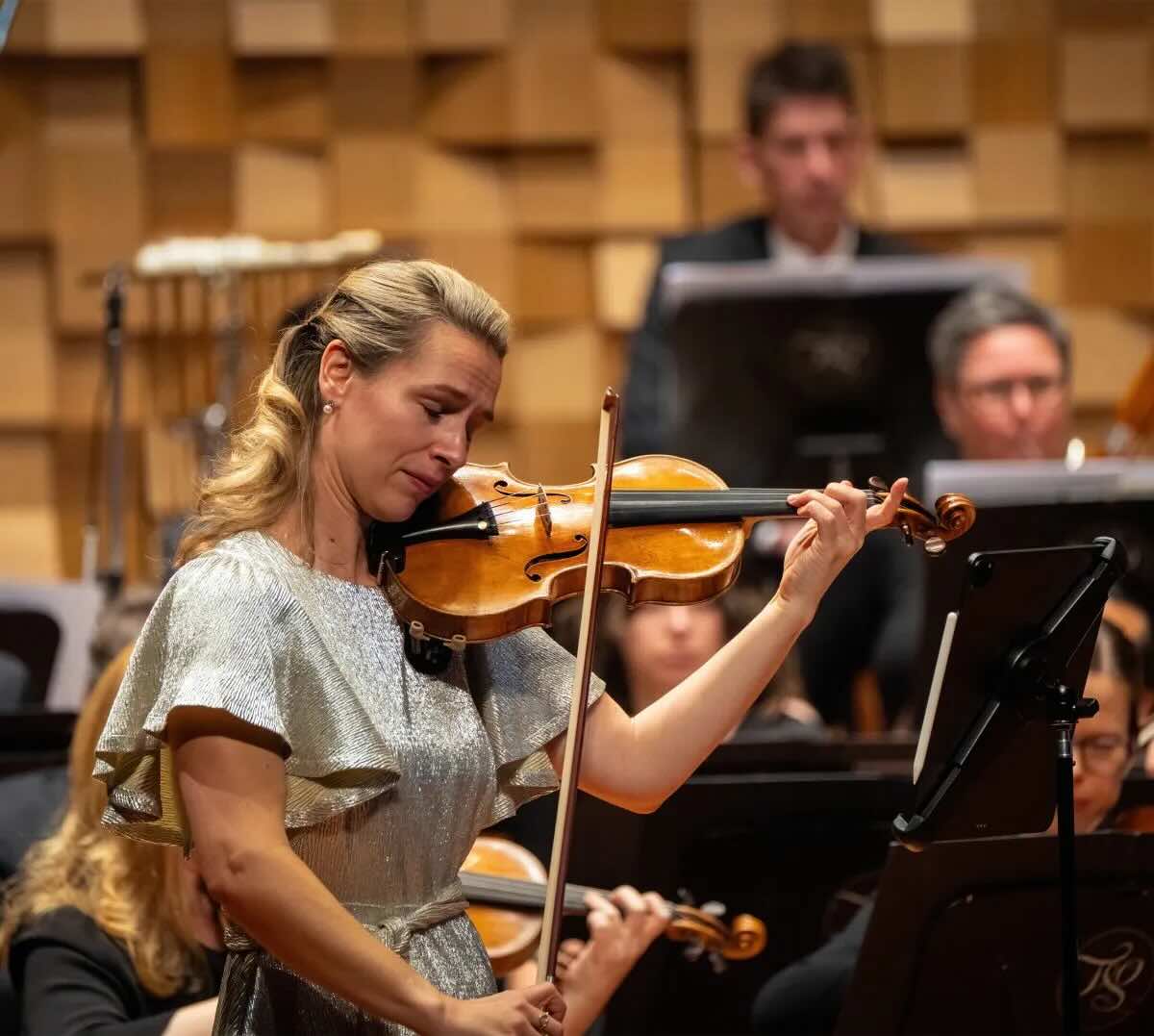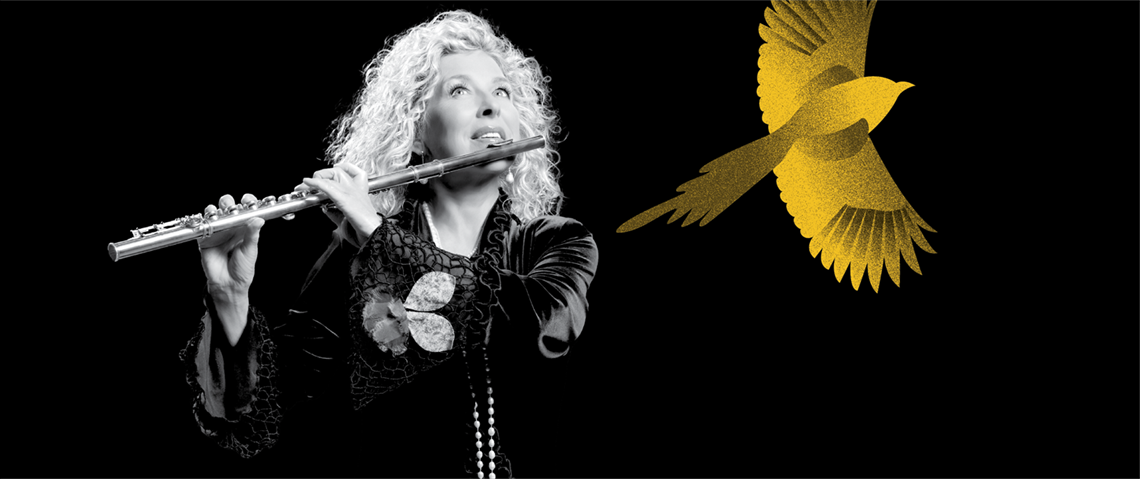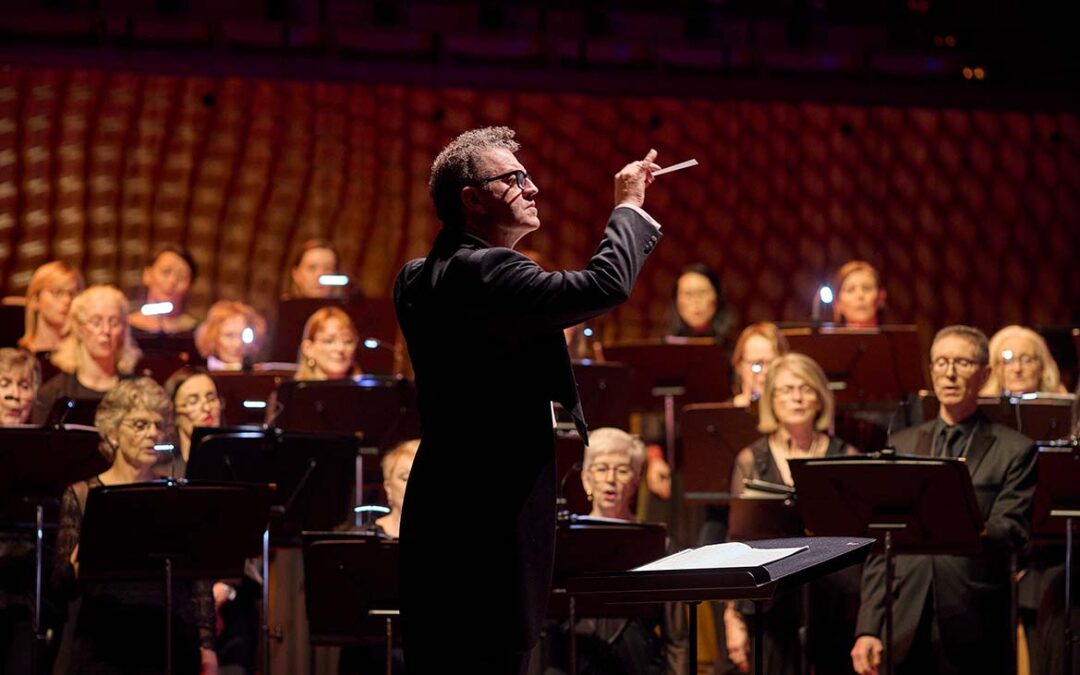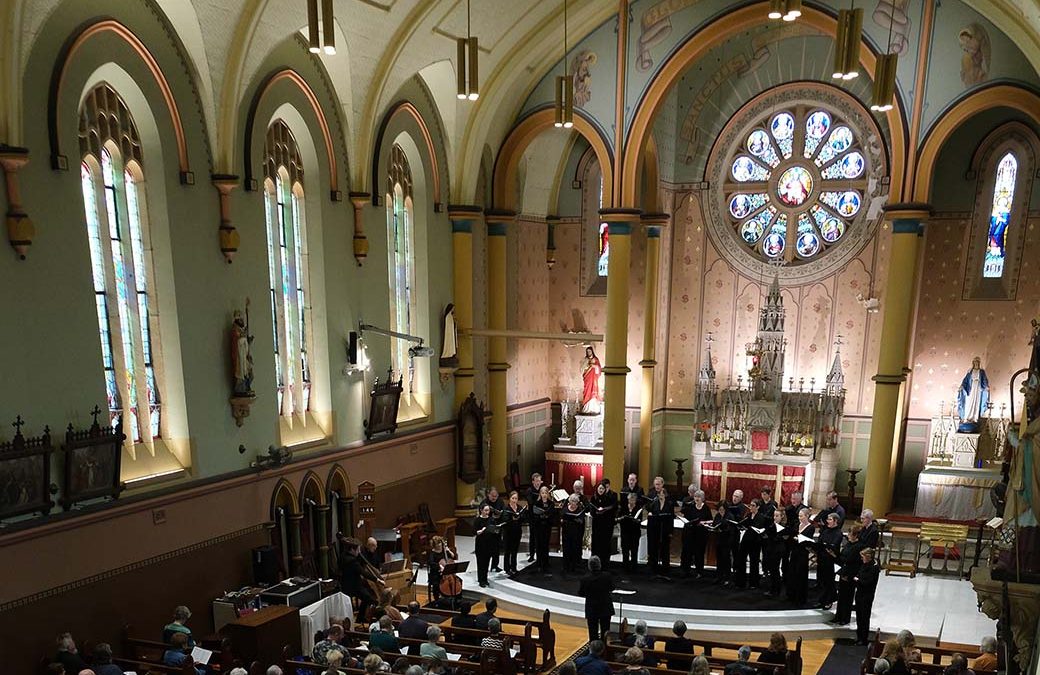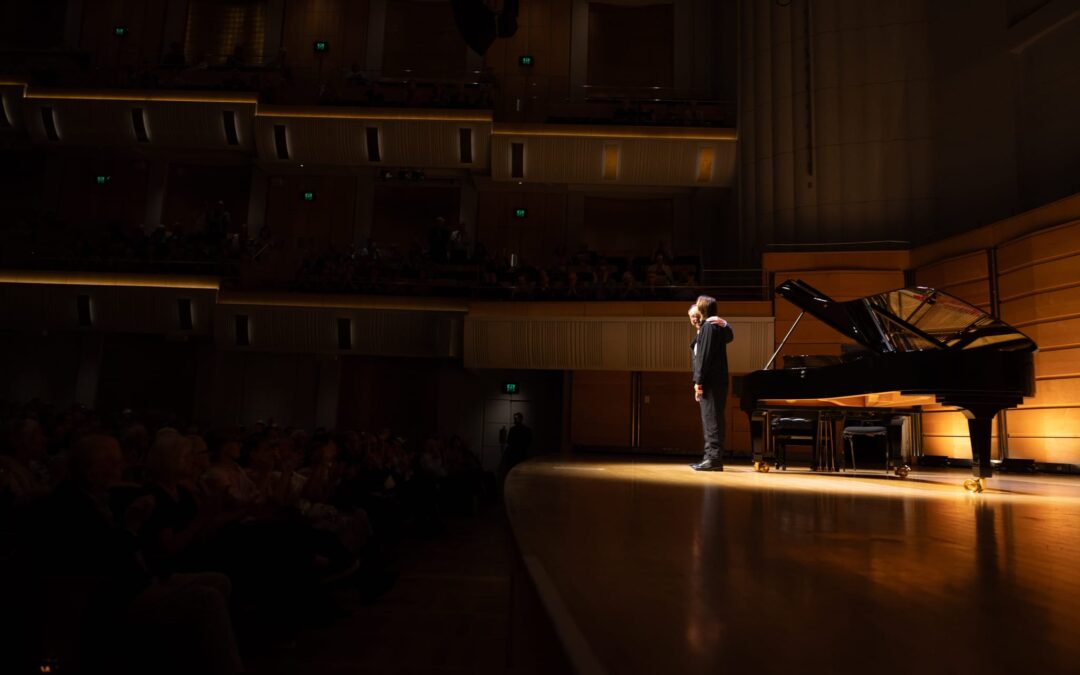Melbourne Symphony Orchestra | Hidden Gems
Thursday 16 June, Repeated on Friday 17 June at Costa Hall in Geelong
Farrenc – Overture no 2
Haydn – Sinfonia Concertante
Rameau – Suite from Zoroastre
Schubert – Symphony No. 3
The Thursday performance I attended was in the Melbourne Town Hall with the wonderful backdrop of the mighty town hall pipe organ. I arrived with an acute sense of history, as the MSO has performed in many guises at this venue over the last 120 years. I thought of the many people that enjoyed concerts here over the decades particularly when this was the chief venue for the MSO. The audience was rather small with perhaps not even a quarter of the potential capacity. This was a shame, as the performance and programme were worth being present for.
Opening with an overture by Louise Farrenc, the concert lived up to its title of presenting hidden gems.
Farrenc has become a little more known recently especially for her piano music. The overture displays her compositional talents through branching out into orchestral writing after many years of composing works for piano. Her two overtures were composed at the age of 30. This was played with verve and elan, the livelier parts showing a symphony orchestra well able to keep together with precision. The cellos were in front of the conductor rather than to the side which means the violas play with their sound facing the back of the stage. While this gives more direct bass sound I am not sure that missing the middle of the harmonic sound from the violas is worth the experiment. In addition the cellos are separated from the contrabasses still positioned completely to the right. Having played some Farrenc, I recognised her signature style and can say, do consider this relatively little known composer as she writes splendid music. What one hears is a style that is similar to that of Beethoven and Schubert, naturally enough, as she was from that musical period and time.
The Haydn Sinfonia called for a few changes to the orchestral seating as the work requires four soloists. Scored for oboe, bassoon, violin and cello soloists the ensemble possibilities for this group were used to good advantage with the changes in texture providing much variety and interest. I noted in particular Tair Khisambeev’s violin playing as stylistic and restrained to perfection, never going “over the top” and thus fitting in as a team member of a well-integrated ensemble. There was some fine interplay between the bassoon and oboe and the only thing I regretted was that from where I was sitting there did not seem to be enough presence in the solo cello sound.
The Haydn and the Rameau were played impeccably well with fine attention to detail and stylistic integrity.
I believe there is a spot for the major orchestras to indulge in this repertoire as it is such good music. Performed well, as this was in the night’s programme, it is a joy to listen to, no matter what the instrumentation. The orchestra was reduced in size with around one third of the strings taking a break and a smaller wind section. A harpsichord was used for both of these pieces, but it was fitting that I could not hear the harpsichord as the performer’s name was absent from the programme. In one small delicately scored section of the Rameau I heard a few notes, but for most of the two works, the harpsichord lacked the punch to cut through the orchestral texture. The added percussion was a different matter, making for more definition to the various dance rhythms.
The Schubert Symphony was the last item on the programme and a fitting and solid end to a night at a symphony concert.
Listening to an old friend such as this familiar symphony is a relaxing way to spend an evening’s listening. In particular I noted the clarinet’s perfection of tone in all the solos with the relaxed and unforced sound making for perfect intonation as well as subtle phrasing. The orchestra was enlarged with more wind and a bigger string section. I refer the reader to the programme notes should they wish to read further.
Later I discussed this concert with a friend who unbeknownst to me at the time was present. She has been to decades of MSO concerts so I respect her comments. She mentioned that she thought the concert was rather “all much the same”. I can understand this as there were no loud and extended works to which we may have become used to and the nature of the programme was rather one of more contained and refined pieces. While I enjoy this elegance and refinement, it does take a little getting used to especially if we have turned up the volume on our home entertainment systems and were expecting the Saint-Saens organ symphony! I would prefer to think that the realignment of our ears is more the problem than the orchestra’s exceptional playing. Perhaps the small audience produced less of a feeling of buzz than a large and enthusiastically applauding one. However, I sincerely hope that we can return to a greater audience base very soon as we get to a more ‘COVID normal’. There is nothing like a live performance to lift the spirits.

